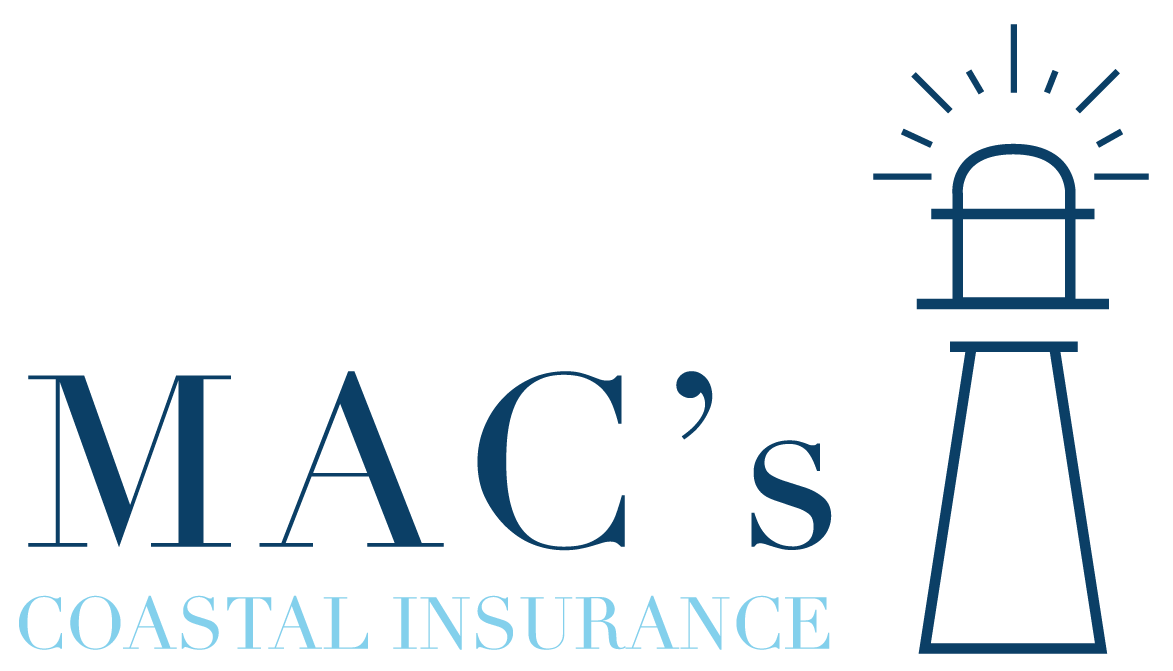This article discusses when clients require DP3 versus HO3 policies. We’ll also discuss HO forms and why clients choose them.
DP3. VERSUS HO3 POLICY
A homeowner’s insurance (HO-3) policy protects your home, belongings, and liability. HO-3 policies typically cover additional living expenses and property structures.
DP3 dwelling property insurance is tailored to older roofs and investment houses. Many coastal insurers won’t cover homes with 10-year-old roofs or rentals. DP3 is an easy fix.
The property form DP3 does not cover liabilities until endorsed. If added, that endorsement’s liability coverage won’t match the HO3’s.
Property-wise:
1. The HO3 provides you 100% of the personal property allowance worldwide; the DP3 limits off-premises personal property to 10%.
2. DP3 does not cover theft. You can add limited theft coverage via endorsement, but the HO3 is more comprehensive.
3. The DP3 does not cover property with particular constraints.
In summary, the HO3 was supposed to provide more coverage for homeowners. DP3 lacks the “bells and whistles” of HO3. Adding all the options to a DP3 would cost more than an HO3.
When do Clients need DP3 Policies?
This policy is only for non-residential residential property owners. You may have acquired a new home and plan to rent your old one. Maybe you bought a single-family house or modest multifamily property to rent full-time.
Homeowners insurance covers only owner-occupied residences. It may not cover tenant damage if you rent part of your principal residence. A DP3 policy may suit you.
The DP3 policy does not cover seasonal or unoccupied homes (like more than 60-90 days). No one to monitor damages makes such properties riskier. A little undiscovered leak in a vacant property could cause significant damage that would have been remedied earlier if the house had been occupied.
If you have a vacation house or think your extra residential property will be vacant, you need different insurance. Insurance firms protect unoccupied properties with coverage. DP1 is another alternative. Both exclude theft and vandalism. Some vacant property insurers may cover them.
What HO forms can a client choose and why
Clients have eight HO form options. Below are the forms and their benefits.
1. HO-1: Standard homeowner’s insurance
HO-1 homeowners insurance is the simplest. HO-1 policies cover homes at their actual cash value. HO-1 policies sometimes cover personal property.
Fire, lightning, windstorm, hail, explosion, riots, aircraft, vehicles, smoke, vandalism and mischief, theft, and volcanic eruptions are covered.
2. HO-2: Broad-form homeowner’s insurance
HO-2 insurance covers more dangers than HO-1. HO-2 plans cover home replacement costs. Personal property is insured at monetary value.
An HO-2 policy typically covers everything covered by an HO-1 policy, plus perils like accidental overflow or discharge of water or steam, sudden freezing, cracking, or bulging, unintentional release from an artificially generated electrical current, and falling objects.
Company-specific HO-2 plans may cover other identified dangers may cover other identified risks.
3. HO-3: Special Form homeowner’s insurance
Most homeowners’ insurance is HO-3. HO-3 insurance covers your home at replacement cost and your possessions at actual cash value. Replacement coverage for personal goods can usually be extended to your policy for an additional cost.
HO-3 covers more risks than HO-1 and HO-2. Unlike HO-1 and HO-2 plans, which only cover particular risks, an HO-3 policy covers your home against any peril except those expressly excluded.
HO-3 policies exclude earthquakes, floods, landslides/mudslides, nuclear disaster, sinkholes, negligence, war, and government action.
4. Content Wide Homeowners Insurance
HO-4 policies are for apartment, home, and condo renters.
Renter’s insurance covers personal property at replacement cost against the same dangers as an HO-3 policy. If a designated peril—like a fire—destroys your rented house and forces you to move, renter’s insurance will usually reimburse your living expenses. HO-4 policies may not cover liability.
5. Homeowners Insurance
Single-family HO-5 insurance provides the most coverage. It is similar to an HO-3 policy but offers more protection.
Covered: Your home is insured at replacement cost under an HO-3, but your belongings are insured at real cash value. An HO-5 replaces your home and stuff (typically higher than cash value).
Unlike an HO-3, an HO-5 covers your items for all dangers. Finally, HO-5 policies often cover art, jewellery, and electronics at more significant limits.
6. Unit-owners Homeowners Insurance
Co-op and condo residents need HO-6 insurance.
HOA insurance usually covers the condo building and common areas. Each HOA policy covers different things, but unit owners must buy coverage for everything the HOA doesn’t. This usually covers post-purchase repairs, upgrades, enhancements, the unit’s walls, floor, and ceiling, personal property, loss of use, personal responsibility, and more.
To buy enough coverage for your unit, you must understand what the master policy covers, as HOA plans can vary greatly.
7. Mobile Home Form homeowner’s insurance
HO-7 policies cover mobile homes like HO-3 policies. An HO-3 policy for single-family houses does not cover mobile homes. Mobile home policies are these (MHP).
HO-7 insurance covers manufactured homes, mobile homes, trailers (including travel trailers and fifth-wheel trailers), sectional homes, modular houses, park model homes, and more.
Mobile home policies usually only cover the home when it is immobile. It rarely covers transit damage or loss.
8. Modified Coverage Form homeowners insurance
HO-8 insurance covers properties that don’t meet the insurer’s other requirements. This usually means the home is in significant danger of loss or damage or has a replacement cost higher than its cash value.
HO-8 policies cover HO-1 hazards. The policy covers the home’s actual cash value, not replacement cost.
Why do customers choose HO forms
- Home Security
- Secure Detached Structures
- Contents Insurance
- Liability
- Loss-of-Use Insurance
In conclusion, homeowners insurance (HO-3) and dwelling property insurance (DP3) are beneficial.
